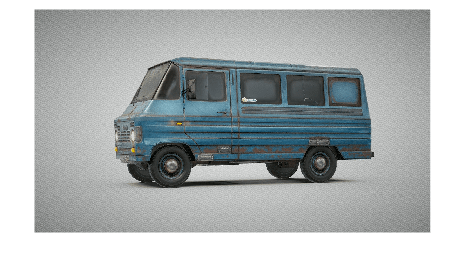generate
Description
[
generates a 3-D asset from a single view camera image, assetAttributes,info] = generate(assetGenerator,I)I, using an
imageAssetGenerator object, assetGenerator. The function
returns the 3-D asset attributes, assetAttributes. Additionally, the
function returns the debugging information, info, which also contains
the preprocessed image.
[___] = generate(___,
specifies options using one or more name-value arguments in addition to the arguments from
the previous syntax. For example, Name=Value)ExecutionEnvironment="cpu" uses the CPU
as the hardware resource to execute the function.
Note
This function requires the Scenario Builder for Automated Driving Toolbox™ support package and a Deep Learning Toolbox™ license. You can install the Scenario Builder for Automated Driving Toolbox support package from the Add-On Explorer. For more information about installing add-ons, see Get and Manage Add-Ons.
Examples
Input Arguments
Name-Value Arguments
Output Arguments
Version History
Introduced in R2025a

